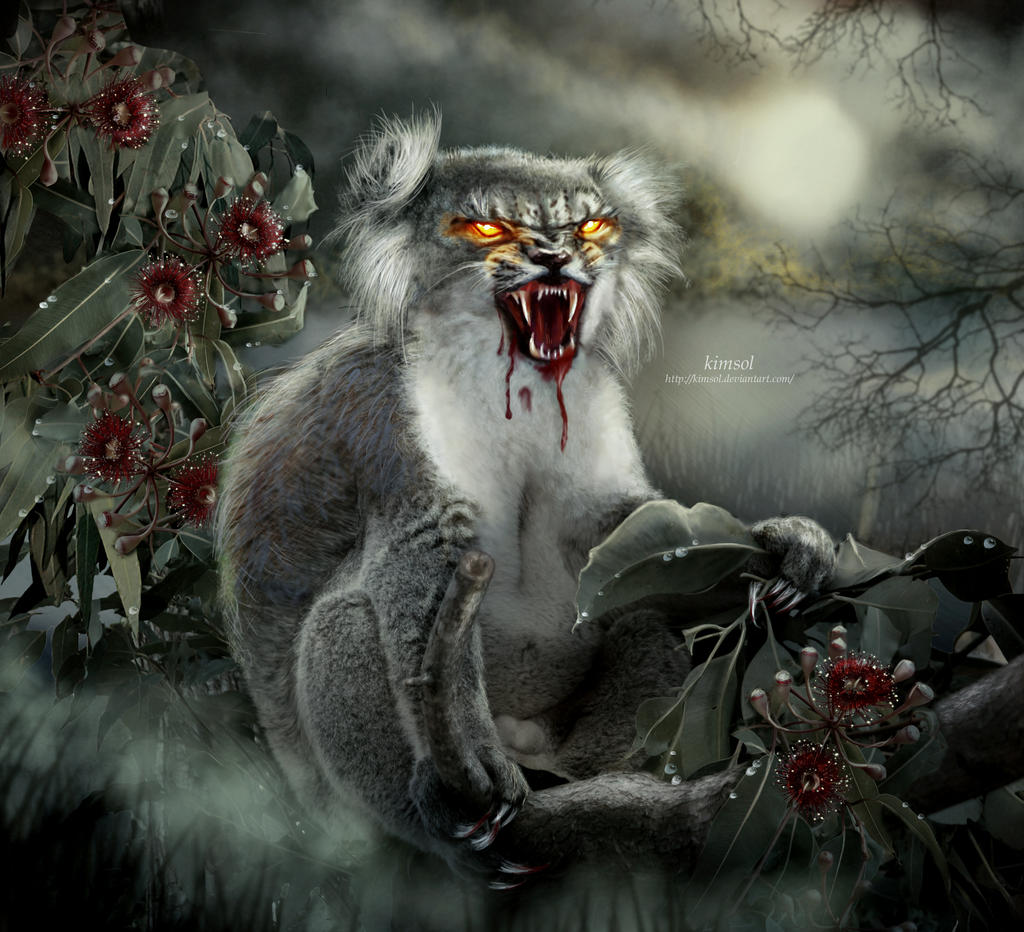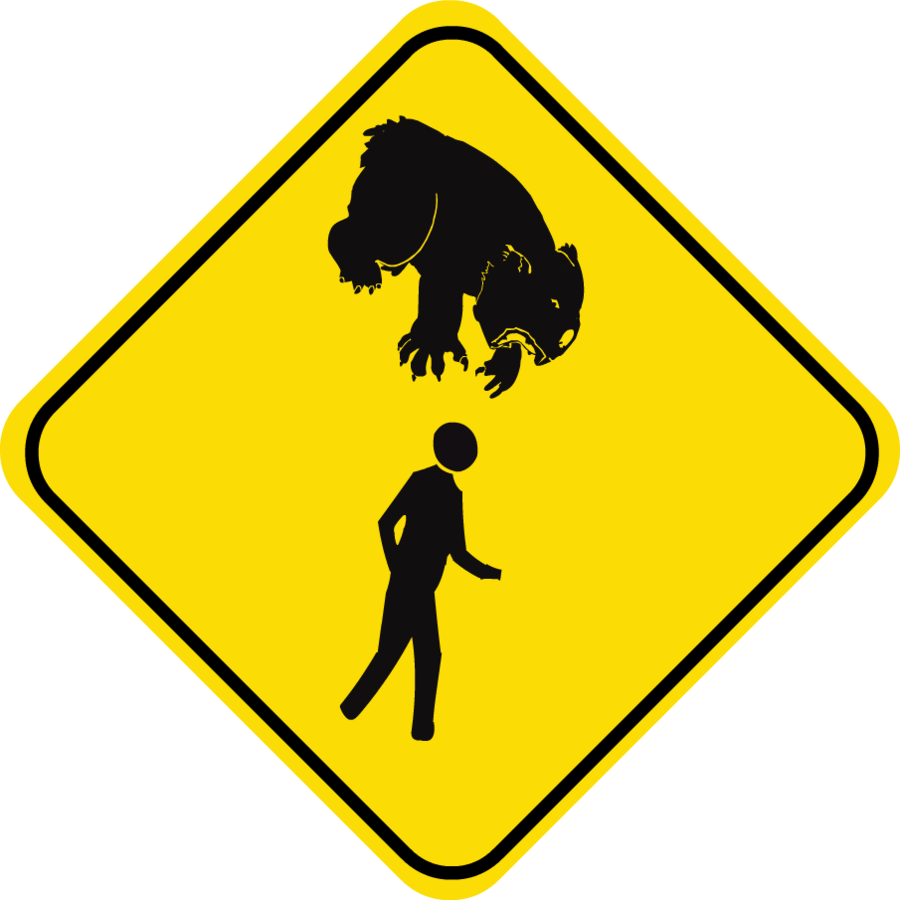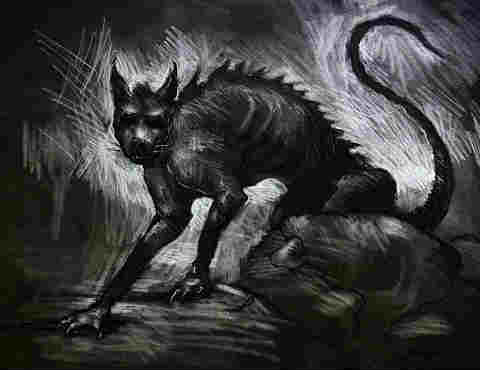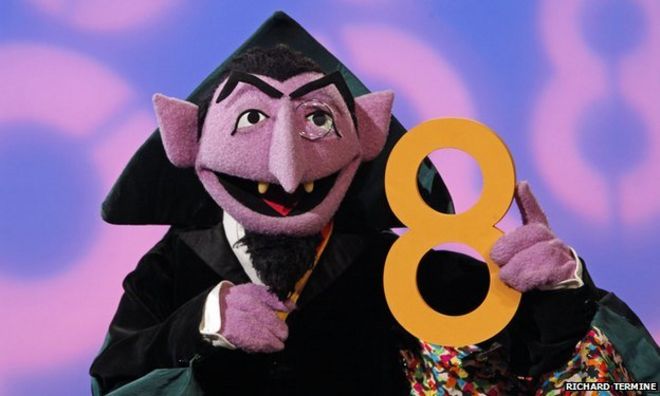Hola all!
Last week's post got me thinking about a genre I haven't really touched upon in my posts: monsters. At a reader's suggestion, I've decided to delve a little deeper into some of the rich history of legends and folklore surrounding some of the monsters with which I'm most familiar. To kick things off, let's take a look at the vampire!
At its most basic definition, a vampire is a dead being who consumes life force to survive. Creatures matching this description appear in the mythologies of various cultures from all over the world, including Mesopotamia, Greece, and
China. It is most common for these predecessors of the modern vampire to consume blood; however, some preferred alternative sources of food. Youth, beauty, innocence - one way or another, these monsters would drain the life essence from their victim.
Speaking of the victims, they varied across cultures depending on the type of creature. Some only preyed upon the innocent, preferring the life of virgins. Others targeted family members, or neighbors they had known in life. There's even a vampire-esque creature from South African mythology who preyed solely upon those with noble blood.
There are numerous takes on vampires across cultures, and they vary drastically, each deserving their own post. Since most of modern vampire lore stems from Western lore, I'd like to focus on the European vampire.
Vampire lore began to grow in Europe during the medieval ages. It was a time marked by plagues, fear of witchcraft and devilry, and high mortality rates - particularly among children. Many legends sprung out of this time period. Just as early civilizations had used the gods to explain phenomenon they could not understand (like Zeus being responsible for lightning), monsters and witches were blamed for what man could not solve. The dead were said to rise from their graves and attack the living. They were said to be angry spirits, or possessed by demons: revenants.
"The vampire is a revenant, a being from beyond the grave, which destroys life in order to continue its own unholy and unnatural existence."
But it was between the sixteen and eighteen hundreds that vampire lore truly exploded across Eastern Europe. The term vampire appeared in a massive number of works, from scholars, theologians, and church officials. For example, a French botanist named Tournefort made a journey to Greece. He documented an incident in a village on Mykonos, where the villagers suspected a consumption-type disease of being caused by someone who had died recently. It was determined that the man was not so dead as they had thought. Vampirism! The body was produced and dealt with. First the heart was cut out and burned - then, the body followed it into the fire.
Methods for detecting vampires - and for bringing an end to their reign of terror - became widely known. Disturbed soil above a grave could mean that the corpse was actually a vampire. Walking a horse through the church graveyard was another means of detection - it would balk at the grave of a vampire. When the grave was dug up, the appearance of the corpse would be a dead giveaway. Where modern vampires are pale, youthful, and have suspiciously sharp teeth, these vampires were instead bloated, discolored, and yet shockingly fresh.
Killing methods varied depending on the region. Sometimes staking the heart would suffice. Other areas required that the heart be cut out and burned. (One region in Germany solved their vampire problem by putting a wedge of lemon into the dead person's mouth. Perhaps vampires have a citrus allergy?) The most popular method seems to have been beheading - usually accompanied by staking, cutting out the heart, and/or burning. It pays to be thorough when dealing with vampires!
Certain precautions could be taken with corpses to ensure that they would not rise again as vampires. These too varied depending on location. Some areas would bury their dead upside down to keep them from finding their way out of their grave. Others severed the tendons at the back of the knee. Try stalking now, vampire! My personal favorite are the groups who buried their dead with a large number of seeds scattered across the grave. For some reason, vampires are attributed as being rather OCD about counting - a condition called arithmomania. If they see a large number of some item, they have to stop and count it. The theory behind the seeds was that the vampire would be occupied all night trying to figure out how many seeds there were, so they would be unable to attack.
(A vampire obsessed with counting. Now why does that sound familiar?)
How one became a vampire, and who was likely to do so, was different depending on region and time. Some believed that suicide victims rose from their graves as vampires. Others thought that the creatures were brought about by witchcraft and a pact with the devil. Victims of especially violent deaths, or children who died, were also deemed especially likely to rise from the dead.
Now so far, none of this really sounds like the modern vampire. How do bloated corpses and copious quantities of beheading lead to the seductive, mysterious stranger who lurks in the windows of maidens?
The answer lies in authors and poets of the 18th and 19th centuries. Though Polidori's The Vampyre was one of the first, it was the serialized penny dreadful Varney the Vampire that really got the ball rolling. All of this literature eventually culminated in one of the greatest horror masterpieces to ever grace a bookshelf: Bram Stoker's Dracula.
Within the space of about a century, these authors laid the foundation for the modern vampire. They were ingenious in how they went about it. Lore and legends from numerous countries were collected, writings examined, and all woven together to create something new and terrifying. There was enough of the old vampire left in the stories to give them a foundation in history, to make them more believable to the masses. But the new vampire was much more terrifying than the old, especially by the time Stoker's Dracula made his debut.
Vampires could now control the weather. They could shapeshift. They cast no shadow and had no reflection. They were charming and sophisticated, and looked almost like everyone else in the world. They were strong, powerful, and hypnotic. Difficult to hunt, nigh impossible to kill. It was during this time that vampires became known for their sharp teeth, and were solidified as draining blood from their victims.
They were also highly romanticized. Sexual undertones ran rampant in vampire stories, and continue to do so. Entering a maiden's chamber uninvited, watching her sleep, corrupting her innocence and taking her life force as the vampire's own...It was creepy, provocative, and highly effective in captivating readers.
The writers of the time also wove strong Christian tones throughout the vampire stories. Holy water and the cross held some power over vampires. The monster was said to be a damned soul. One of my favorite quotes from Dracula is this:
"That like soul who has wrought all this misery is the saddest case of all...you must be pitiful to him too, though it may not hold your hands from his destruction."
All of these are traits that can be seen in modern vampires, to certain extents. Vampires now are usually only seen to shapeshift into a bat, though earlier fiction also showed them as wolves and rats. The inability to be seen in mirrors has been extended by some to cameras and film as well, updating for the modern world. Though the 1922
Nosferatu portrayed a hideous creature as a vampire, later movies showed a handsome count with a sharp hairline and two prominent fangs.
The sexualization of vampires has been perhaps the most played upon trait in modern portrayals. Ranging from creepy yet mostly innocent romances between teenage girls and guys a hundred years their senior (I'm looking at you, Twilight) to heavy levels of BDSM and domination (Google at your own risk), vampires are all about sex appeal. They are the romantic leads, like in True Blood. One of my favorite episodes of Supernatural has a vampire covering himself in glitter and seducing a girl who really, really likes Twilight and wants to be a vampire herself. (In real life, live action roleplay games such as Vampire: The Masquerade are extremely popular, and have been for years.) Even when vampires are portrayed as the villain, as in the Gary Oldman Dracula, they are still romanticized and pitied.
(One of my favorite book series, The Dresden Files, has three separate courts of vampires. Drawing from the modern vampire, the traditional vampire, and the vampire's origin story, Butcher made each court different from the others. The Black Court features desiccated, hideous undead creatures who drain their victims of life. The Red Court is the more Dracula-esque set of vampires, who throw balls, enthrall others, and drain their blood. Lastly, the White Court feeds upon emotion - either fear or sexual energy. They are the seducers, the well-dressed party goers - though they stop just shy of sparkling.)
Vampires have changed a lot across the centuries, and have been portrayed in any number of settings. From retellings of the Dracula myth, such as Dracula Untold, to vampires in space, like Dracula 3000; from soap opera romances like The Vampire Diaries, to erotic literature like that of Anne Rice. There have been conflicts between vampires and werewolves in Van Helsing and the Underworld franchise. Vampires have dominated the world in Daybreakers, and have been superheroes in Blade.
Starting in early civilizations around the world, vampires seduced their way into our stories. They've been with us for the better part of a millennia, and show no times of departing any time soon. We've invited them in - and they are here to stay.
What's your favorite vampire story, readers? Hit me up in the comments below!
I'll see you next week.




















